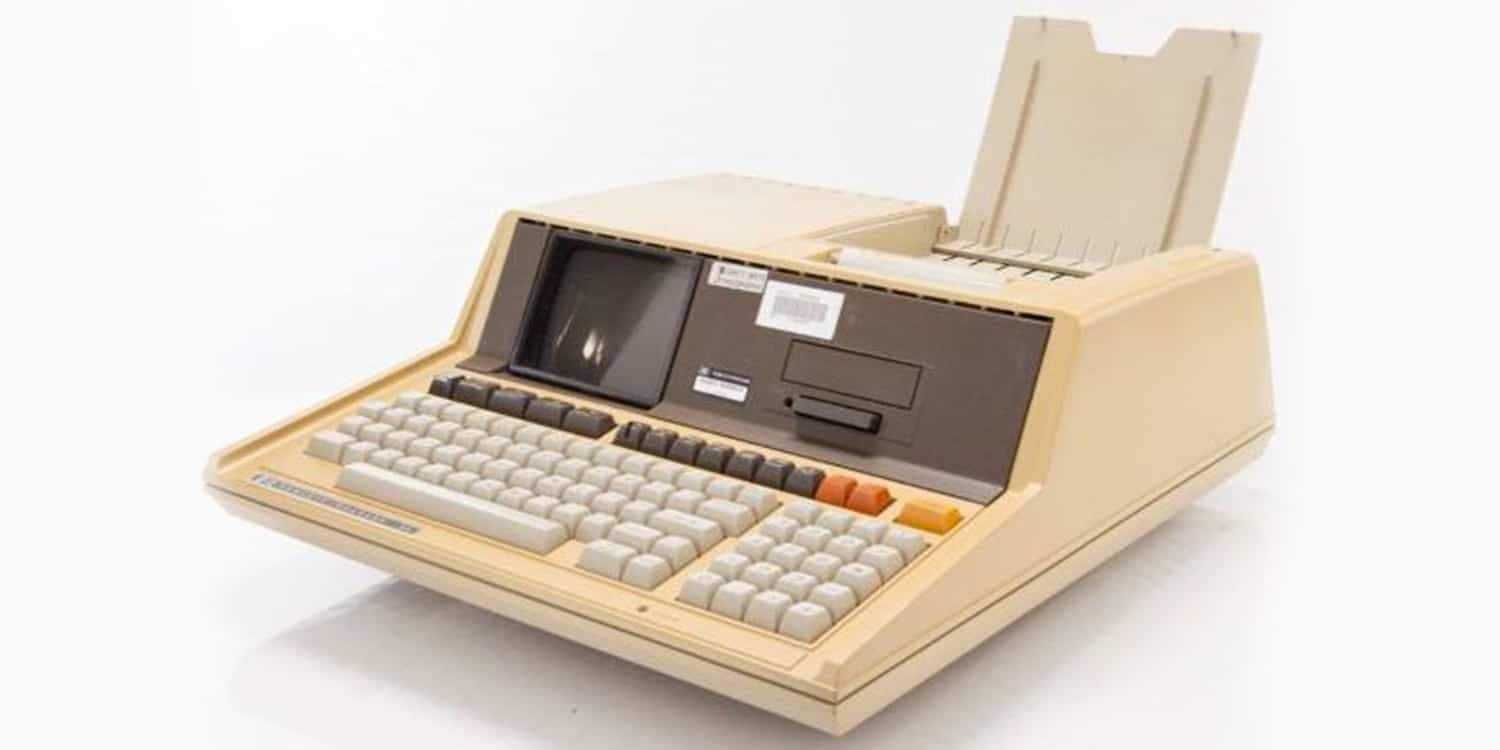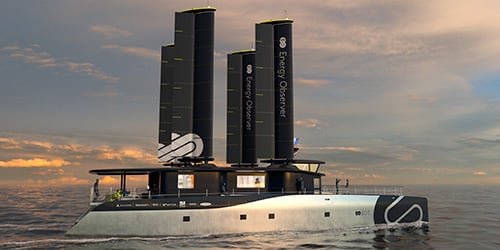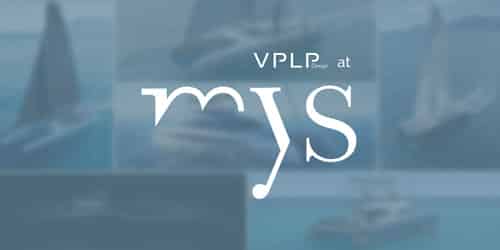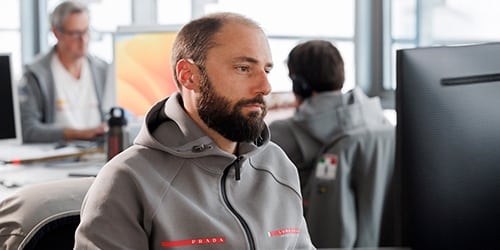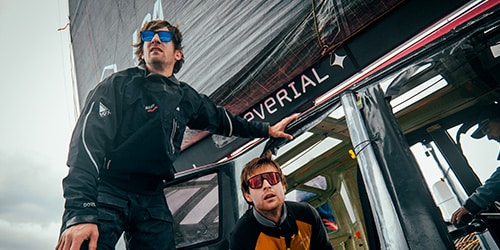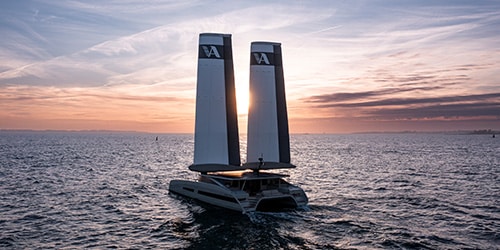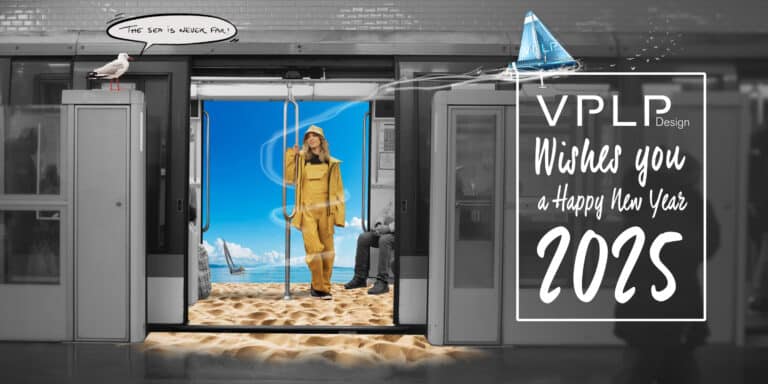From the early HP 85 computers of yesteryear to SYD, the digital simulator of today, a prominent factor in the story of VPLP Design involves mastering tools which are continuously evolving. Founders Marc Van Peteghem and Vincent Lauriot-Prévost tell us more.
When Marc Van Peteghem and Vincent Lauriot-Prévost graduated from Southampton University, where they had met, and decided to join forces in what would become VPLP, information technology was still in its infancy. But the digital revolution was already underway. “We learnt to draw by hand and the first PCs came out in our last year at school,” says Marc. “We didn’t have the intuitive logic that today’s young have so we had to learn as we went along. Nevertheless, we felt that it was the right way to go.”
In 1983 the lines of VPLP’s first design, Gérard Lambert, were drafted on paper while the sections for the shipyard were crunched by computer using the HP 85 that Marc and Vincent had bought. “The computer’s screen was the size of a cigarette packet and it spat out the coordinates of each point of each section line by line. It sat at the foot of my bed, and the calculations took all night!” says Marc Van Peteghem.
Back then the must-have software was Circé, developed by Marc Pommelet. It could fair the lines and facilitate the hydrostatic calculations. Soon thereafter VPLP acquired another curve modelling program called Intergraph which was based on the concept of “splines”. “Rather than drawing curves which pass through key points, the controlling points are outside the curve. This allows you to work on the lines to create tauter curves and more harmonious surfaces,” says Vincent Lauriot-Prévost.
A mix of industrial software
and in-house tools
Computer-aided design moved from 2D to 3D in the 1990s, but Marc Van Peteghem considers the real digital revolution resided in calculating, VPPs and simulating: “Up until the early 2000s, we were still doing all the preliminary studies by hand and computer programs were merely number crunching. We talked a lot with the skippers, sailed with them… Our apprehension of a given hull shape was very similar to the process of the sculptor; it derived from a feeling, a physical and intimate understanding of what was happening aboard. Today, you can model as many hull shapes as you want in a very short time and test their water entry.”
VPLP’s approach is steeped in research and innovation, and has always been enhanced by the use of cutting-edge software. “We have always worked with a combination of industrial programs under licence for the plans, modelling and the finite element analyses, and our own tools, developed in-house,” says Vincent Lauriot-Prévost. “The culmination of this approach is, for the time being, our simulator which we call SYD. It took several of our engineers three or four years to develop it. Even today we are regularly updating the software to ensure it remains adaptable and relevant to the demands of our customers, which are constantly evolving.”
Computers are now so powerful that we no longer have to make full-scale models, which was something the Beneteau Group was still doing for its new Lagoons as recently as fifteen years ago. “Today we make digital models. You sit down at the computer, put on your headset and look around the boat. It’s magic!” says Marc Van Peteghem. “I’m not nostalgic at all when I say this. On the contrary, I’m delighted with the profession I pursued alongside Vincent and how it has evolved. Just as I am very happy to have navigated my way across the Atlantic using a sextant while feeling no desire to denigrate the use of the modern GPS system!”
